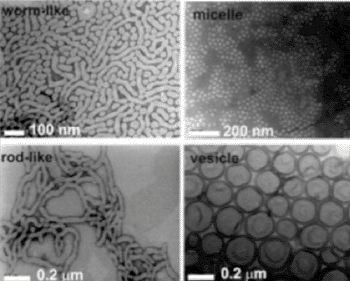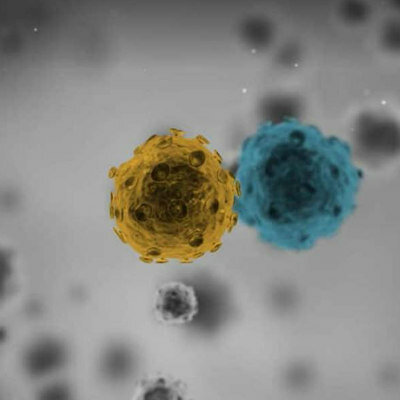Worm-Like Nanoparticles Used to Kill Breast Cancer Cells
By LabMedica International staff writers
Posted on 26 Dec 2013
Cylinder-shaped nanoparticles have been shown to be seven times more lethal than traditional spherical ones when delivering drugs to breast cancer cells, an international team of researchers has discovered.Posted on 26 Dec 2013
Moreover, the worm-shaped drug delivery vehicles are not anymore toxic to healthy cells according to the study, which was published December 2013 in the journal Polymer Chemistry. In this study, different polymeric nanoparticle shapes (including spherical micelle, cylindrical micelle, and vesicles) were examined, and the early findings suggest shape plays an important role in the cell uptake and toxicity response. The project was co-led by Assoc. Prof. Cyrille Boyer, from the University of New South Wales (UNSW) School of Chemical Engineering (Sydney, Australia) and the Australian Center for NanoMedicine (Sydney), and Prof. Thomas Davis from Monash University (Melbourne, Australia), and involved Dr. Bunyamin Karagoz from Istanbul Technical University (Turkey).

Image: Microscope images of the worm-like, rod-like, micelle- and vesicle-shaped nanoparticles (Photo courtesy of University of New South Wales, Australia).
Developing nanoparticles to target drugs directly to specific regions of the body is an increasing field of medicine, and these new findings suggest changing the shape of nanoparticles could slash both treatment costs and side effects. “What we’ve discovered is that a different shaped nanoparticle can have a very different effect on cancer cells, even with the same amount of drug,” said Dr. Boyer. “However there is still a lot of work to do and we need to test the nanoparticles in vitro with a range of cancer cells.”
Research had earlier mostly focused on spherical drug delivery systems as they are easier to make, but this new study additionally offers a simple and inexpensive approach to devising three different nanoparticle shapes: vesicular, spherical, and tubular or “worm-like.”
The researchers are now looking into whether cylindrical shape nanoparticles also deliver drugs more effectively to other types of cancers.
Related Links:
University of New South Wales School of Chemical Engineering
Monash University
Istanbul Technical University














